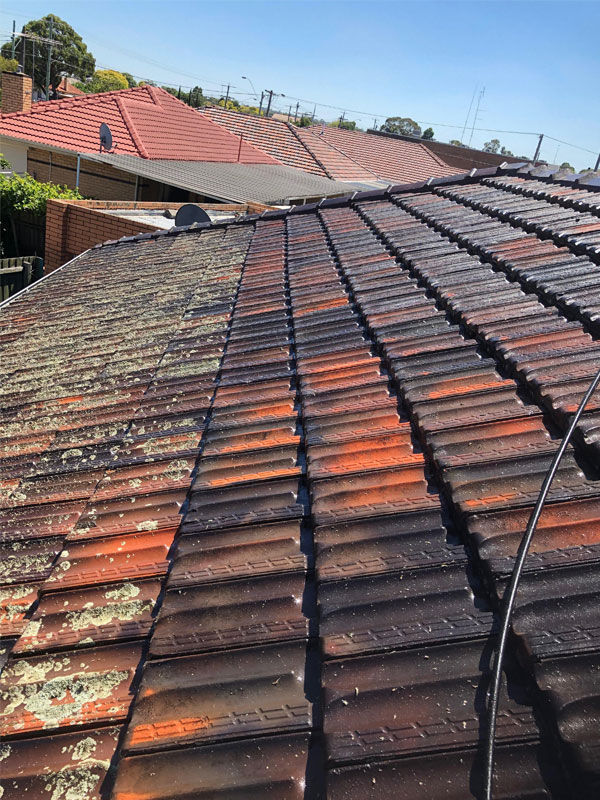What are the strategies of roof inspection?

Roof inspections are essential for figuring out potential points and guaranteeing the longevity of your roof. Regular inspections can help detect problems early, stopping expensive repairs or replacements down the line. Here are some frequent methods and steps for conducting a roof inspection:
Visual Inspection:
a. Exterior Inspection:
Start by analyzing the roof from the bottom using binoculars or by safely climbing onto a ladder to get a closer look.
Look for visible signs of damage, corresponding to lacking or damaged shingles, curling or buckling shingles, or loose or deteriorated flashing around roof penetrations.
Check for particles, moss, algae, or lichen progress on the roof, which might indicate moisture-related issues.
Inspect the gutters and downspouts for granules from shingles, as excessive granule loss can signal shingle wear.
b. Interior Inspection:
Go into the attic or crawl area and examine the underside of the roof deck for signs of leaks, moisture, or water stains.
Look for daylight coming by way of cracks or holes in the roof deck, which may point out roof harm.
Check for indicators of insulation injury, mildew, or mildew progress, which can outcome from roof leaks.
Roof Walk:
a. If it's protected to do so, walk on the roof surface to inspect it up shut.
b. Be cautious and put on appropriate security gear, corresponding to non-slip shoes and a safety harness if wanted.
c. Look for any gentle or spongy areas, which could point out underlying injury.
d. Check for free or broken roofing supplies, in addition to signs of wear and tear and tear.
Moisture Detection:
a. Use a moisture meter to detect hidden moisture inside the roof structure and insulation.
b. Moisture detection can help determine leaks or areas of potential water intrusion that may not be seen.
Drone Inspection:
a. Drones outfitted with cameras can provide a complete view of the roof floor with out the necessity for direct physical access.
b. A drone inspection can be especially helpful for larger or hard-to-reach roofs.
Professional Inspection:
a. Consider hiring an expert roofing contractor or inspector to conduct a radical inspection.
b. Professionals have the experience, tools, and experience to determine points that may not be apparent to a homeowner.
Documentation:

a. https://roofrestorationtownsville.com/about-us/ with photographs and notes to create a document of the roof's situation.
b. This documentation could be useful for monitoring modifications over time and for insurance coverage claims or repairs.
It's necessary to carry out roof inspections frequently, ideally no less than once a year, and after severe climate occasions like storms. Additionally, if you're not comfy or assured in your capacity to carry out a roof inspection safely, it's advisable to rent a professional roofing professional to ensure a thorough and correct assessment of your roof's situation..
